How to Get Pet Hair Out of Furniture: Essential Tools That Actually Work
Owning pets is pure joy, until you sit down and realize your couch looks like a fur coat. If you’ve ever struggled to figure out how to get pet hair out of furniture, you know how frustrating it can be. No matter how often you vacuum or brush, it seems like dog and cat hair finds its way back onto your couch, chairs, and cushions almost instantly. Pet hair doesn’t just ruin the look of your home: it clings to upholstery, embeds deep into fabric, and resists even the most determined cleaning efforts.
Learning how to properly remove pet hair from furniture is more than a matter of aesthetics. Built-up fur traps allergens, creates unpleasant odors, and can even damage your fabric over time. In this guide, we’ll walk you through effective strategies and tools that work fast without the constant battle against fur.
How to Get Pet Hair Out of Furniture: Step-by-Step Guide
You don’t need a full remodel to reclaim your furniture. Here’s a simple, effective process to banish pet hair (dog, cat, or otherwise).
Step 1: Remove Covers and Shake Them Outdoors
Start by unzipping any removable cushion covers or throws. Take them outside and give them a vigorous shake. This removes loose fur and makes the next steps easier.
Step 2: Vacuum Pet Hair from Sofas, Chairs, and More
Whether it’s your couch, armchair, or the dog’s favorite bean bag—start with a thorough vacuuming session. Use an upholstery attachment and go over every cushion, seam, and crevice to lift as much loose hair as possible. This sets the stage for more targeted cleaning later.
Dog hair is often thicker and coarser, embedding deep into fabrics. If your dog has claimed the couch as their throne, you’ll need powerful suction to pull that hair out. The Dreame Z30 or Z20 cordless vacuums are designed with pet owners in mind—featuring brush tools that dig into fibers without damaging the fabric.
Cat hair is lighter and tends to cling via static. It can float into tight corners or cover surfaces in a fine layer. To remove it, lightly mist the area with water or anti-static spray, then use a soft brush attachment to lift the fur without spreading it further.
Step 3: Use Brushes or Rubber Gloves to Target Stubborn Fur
For hair that refuses to budge, put on rubber gloves and run your hands over the surface. The static created pulls hair into clumps. Alternatively, use a pet hair brush for furniture designed to grab stubborn fur from hard-to-reach areas.
Step 4: Spray, Lint Roll, and Wipe
Fabric softener diluted with water in a spray bottle helps reduce static and release fur from upholstery. Follow with a lint roller or a dry-cleaning sponge for delicate materials.
Final Touch: Wipe with Microfiber & Re-cover
A damp microfiber cloth picks up any remaining hair and static. Once clean, re-cover your furniture and consider placing pet-friendly throws for easier future cleaning.
Pro-Grade Pet Hair Removal Tools That Save Time
Time is precious—and the right tools can make pet hair cleanup a breeze.
Recommended Vacuums for Pet Hair
Not all vacuums are created equal. The Dreame Z30 and Z20 cordless vacuums combine powerful suction with pet-specific attachments that tackle even embedded fur. These two models stand out because of many qualities:
High-efficiency suction that pulls up pet fur without damaging upholstery.
Specialized attachments for furniture, stairs, and even car seats.
Cordless design for maximum maneuverability.
Comparison Table: Choose the Best to Remove Pet Hair from Furniture
Tool
Effectiveness
Best For
Ease of Use
Reusable
Cordless Vacuum
★★★★★
All surfaces, deep fur
★★★★★
√
Pet Hair Brush
★★★★☆
Embedded fur on fabric
★★★★☆
√
Rubber Gloves
★★★☆☆
Spot cleaning, budget fix
★★★★☆
√
Lint Roller
★★☆☆☆
Surface hair only
★★★★★
×
Dry-Cleaning Sponge
★★★★☆
Delicate materials
★★★☆☆
√
Dreame Take The Dreame Z30 and Z20 cordless vacuums‘ pet brush heads grab cat and dog hair without tangling, while smart suction adapts to fabrics like couches, beds, and car seats—all in a cordless design that slips easily around furniture.
Keep Pet Hair at Bay: Maintenance Habits That Work
Removing pet hair once is helpful, but preventing buildup is even better. Here’s how:
Vacuum weekly using pet-specific tools like cordless vacuums to prevent deep-set fur.
Use washable throws on pet-favorite spots like the couch arm or backrest.
Brush your pet regularly to reduce shedding indoors.
Use anti-static sprays or dryer sheets on furniture to minimize cling.
Train pets to stay off certain furniture pieces if possible.
FAQ:
What is the best pet hair remover for furniture?
The best pet hair remover depends on your needs. For deep cleaning, cordless vacuums like the Dreame Z30 or Z20 outperform brushes and rollers. For quick touch-ups, lint rollers and microfiber cloths are handy.
Can I vacuum leather furniture?
Yes, but use a soft brush attachment and low suction. Always test on a small spot first to avoid scratching or discoloration.
How often should I clean pet hair from furniture?
Ideally, vacuum furniture once a week if your pet sheds moderately. For heavy shedders, 2–3 times a week keeps fur and allergens in check.
How does dog hair behave on furniture?
Dog hair tends to burrow into fabric and is harder to remove without high-suction tools. Longer hairs can wrap around fibers, especially on woven materials.
How does cat hair behave on furniture?
Cat hair floats and clings via static. It often coats surfaces lightly and can be easier to wipe away with microfiber or rubber gloves.
Conclusion: Enjoy a Fur-Free Home with Less Effort
Getting pet hair out of furniture doesn’t have to be a constant battle. With the right strategy, tools, and habits, you can reclaim your space—without banning your furry friends from the couch.
Cordless vacuums like the Dreame Z30/Z20 combine power and precision, making them one of the most effective solutions for ongoing pet hair removal. Pair that with simple daily practices and your furniture can stay clean, fresh, and fur-free—no matter how much your pets shed.
Read our series for pet owners
How to Keep Your House Clean With Pets Around
Robot Vacuums and Pets: What You Need to Know
Robot Vacuums for Pet Hair in 2025
Get Rid of Pet Hair: 5 Easy Ways for Dog and Cat Owners
How to Get Pet Hair Out of a Car
5 Ways To Remove Pet Hair And Smells From Carpet
How to Choose a Vacuum for Cat Hair and Litter
9 Surprising Things Every Dog Owner Should Know About Vacuums

















































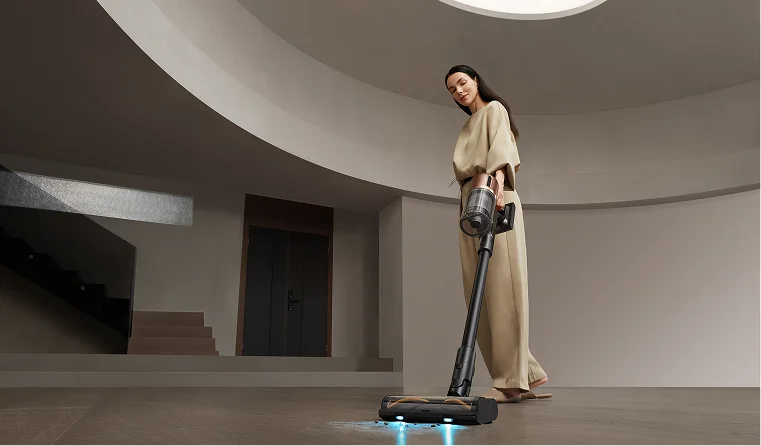
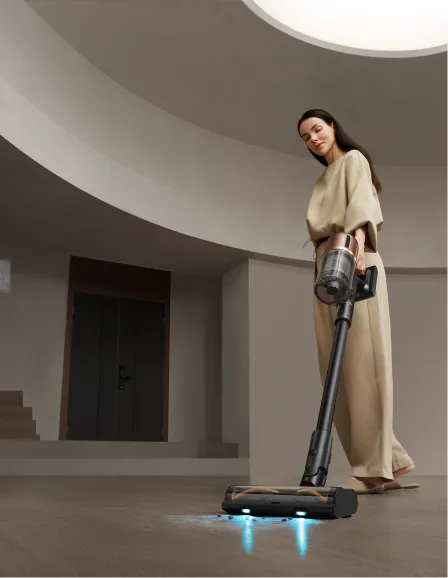
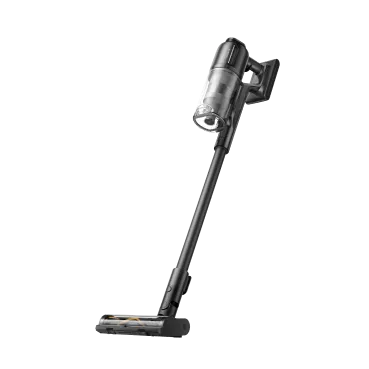
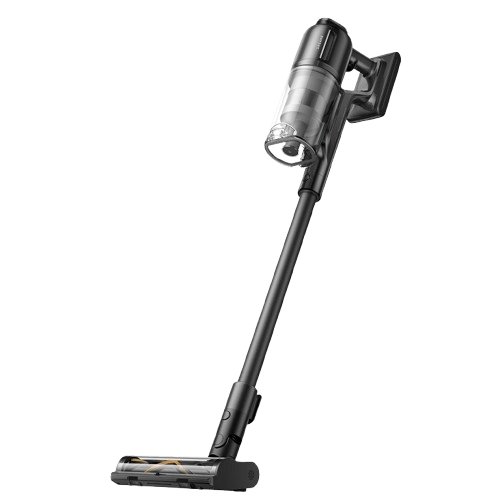
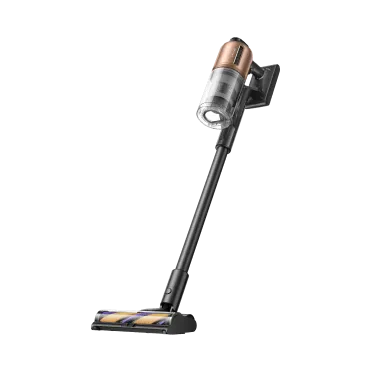
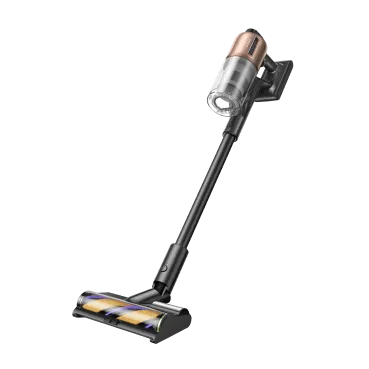
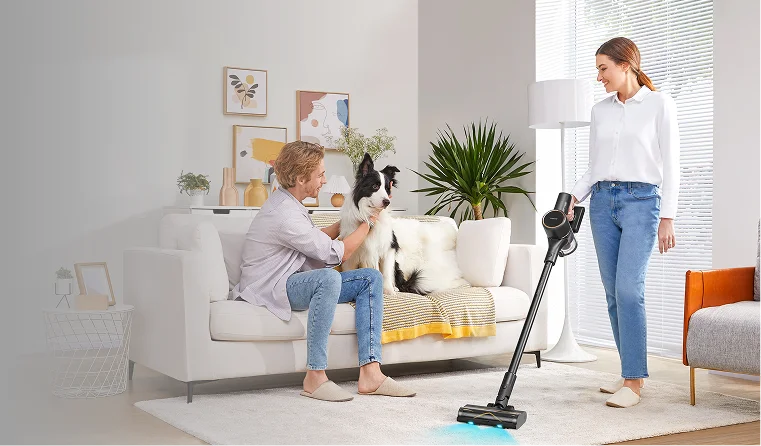
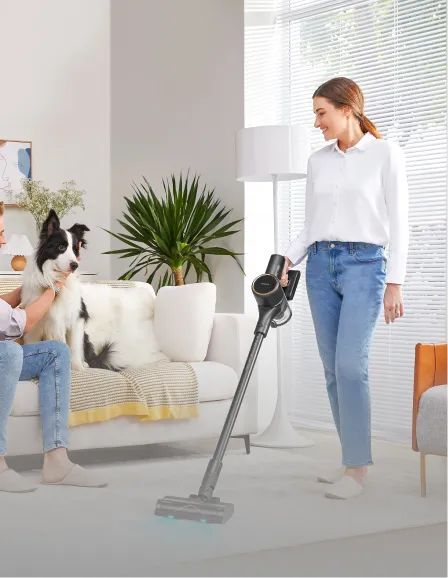
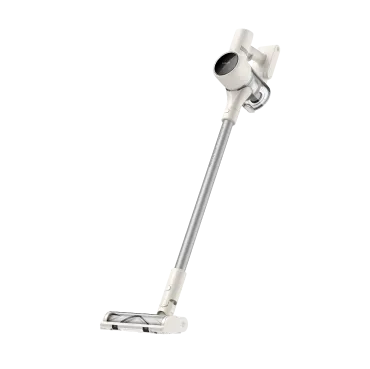
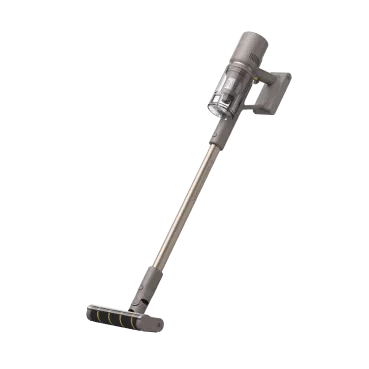
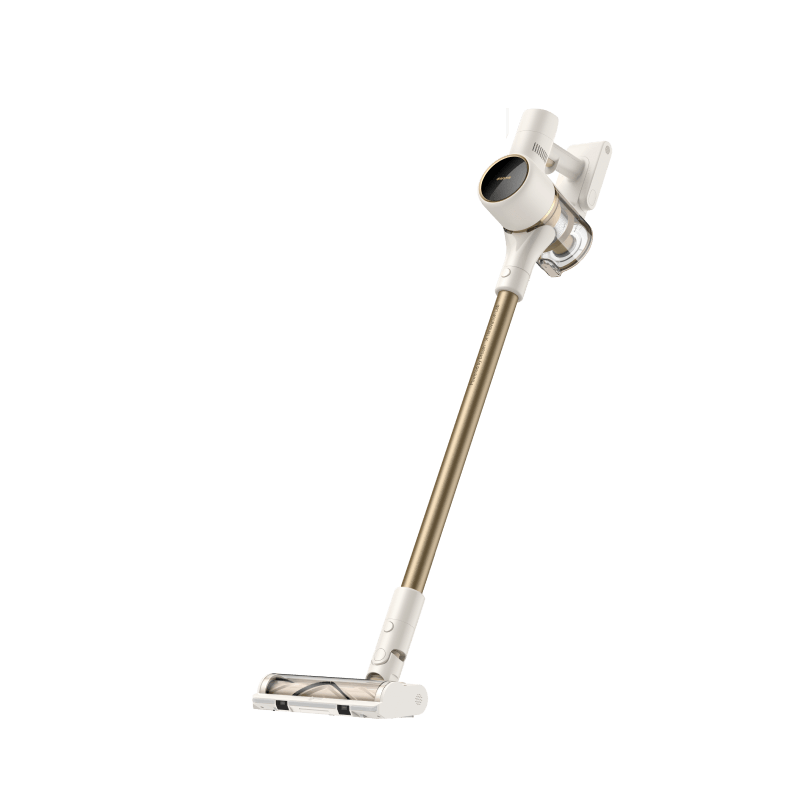
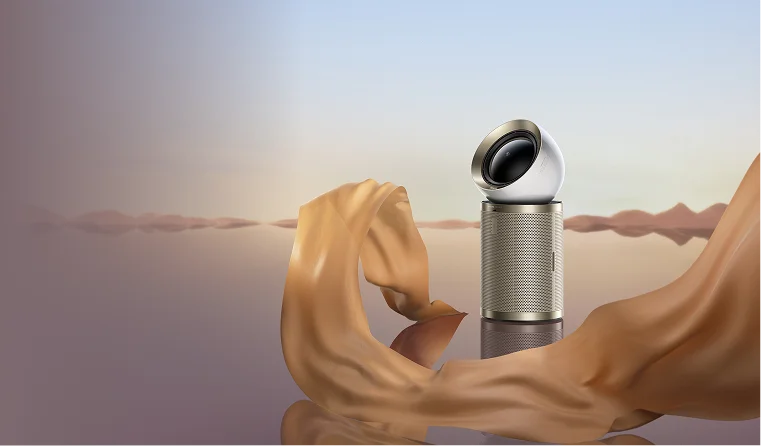
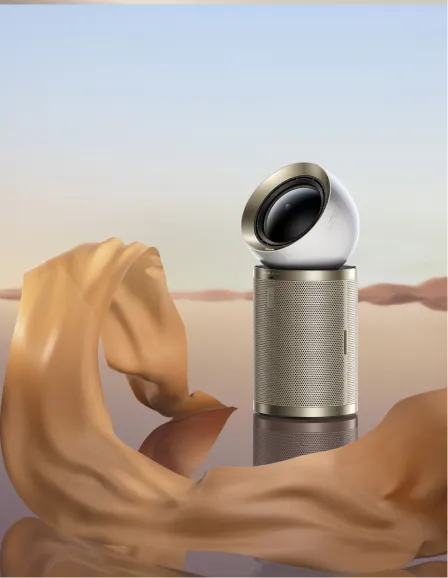

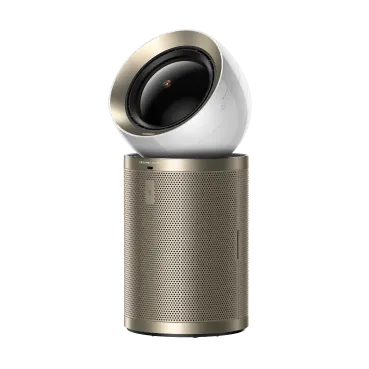
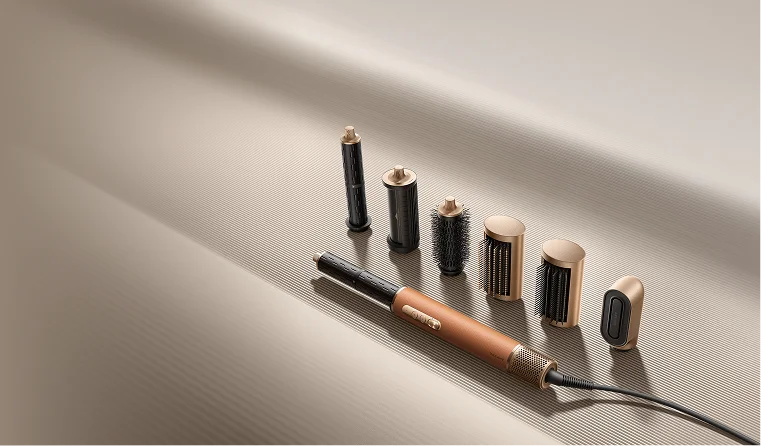
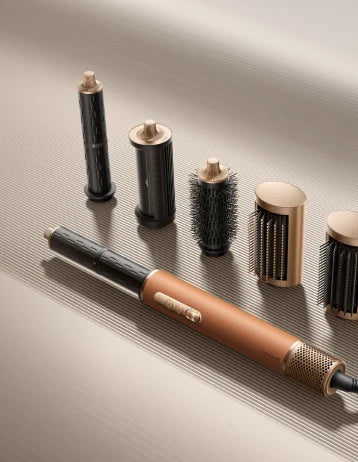
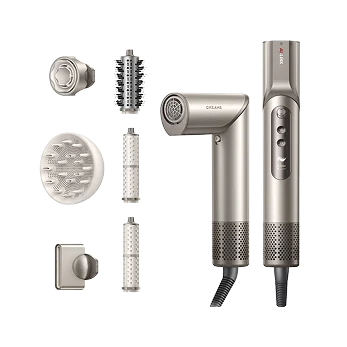
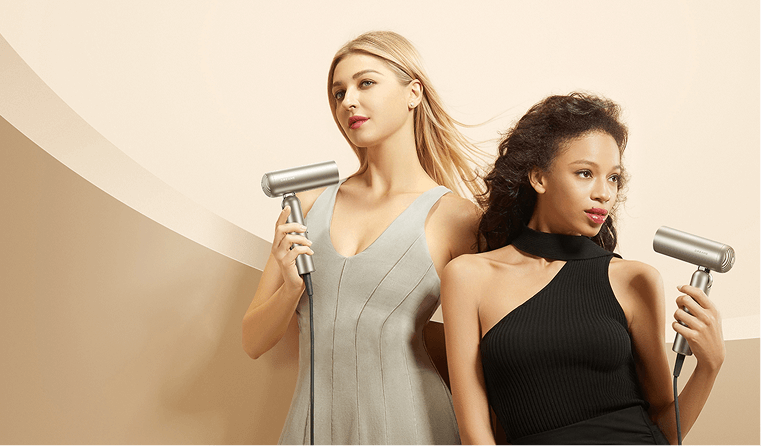
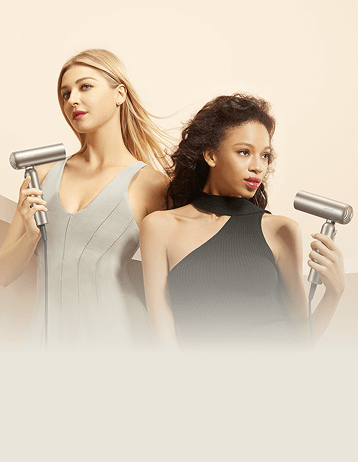
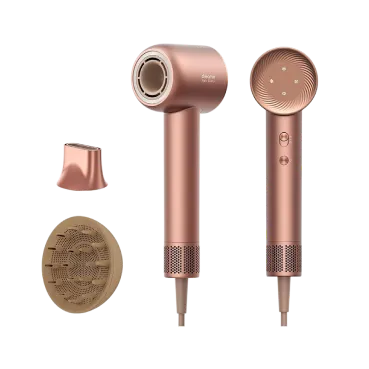
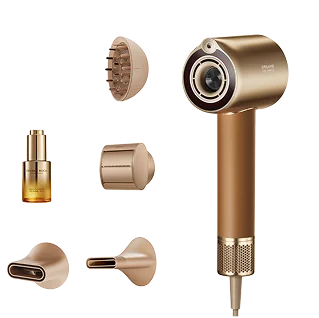
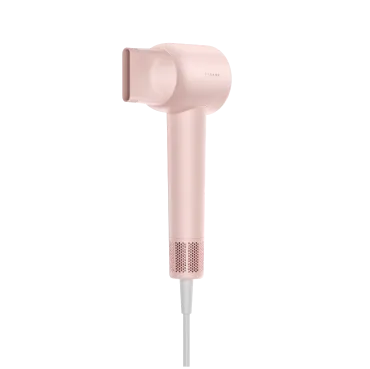


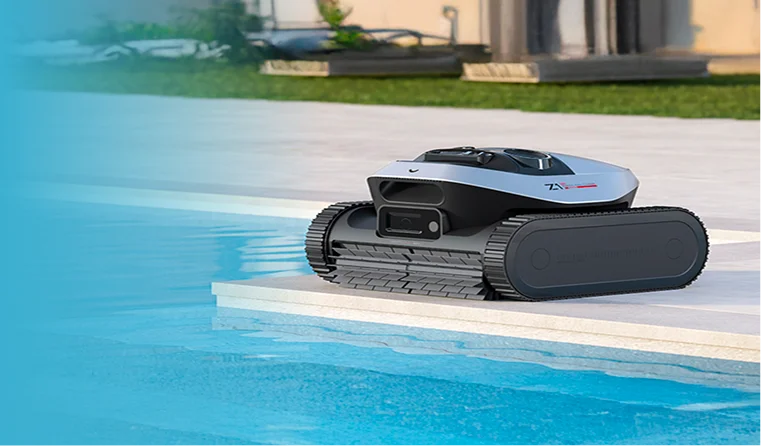
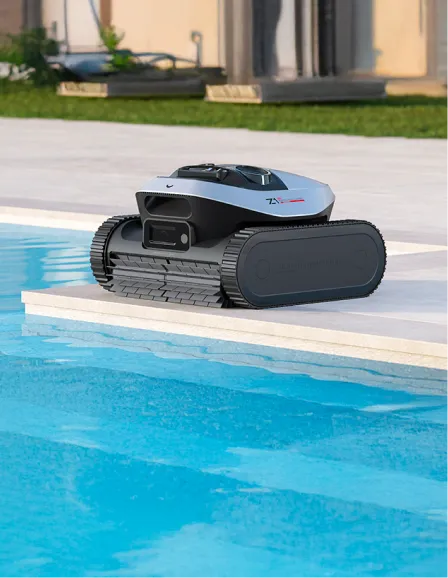
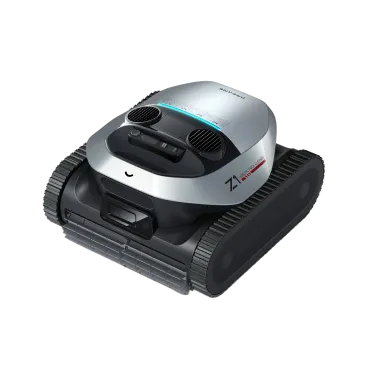
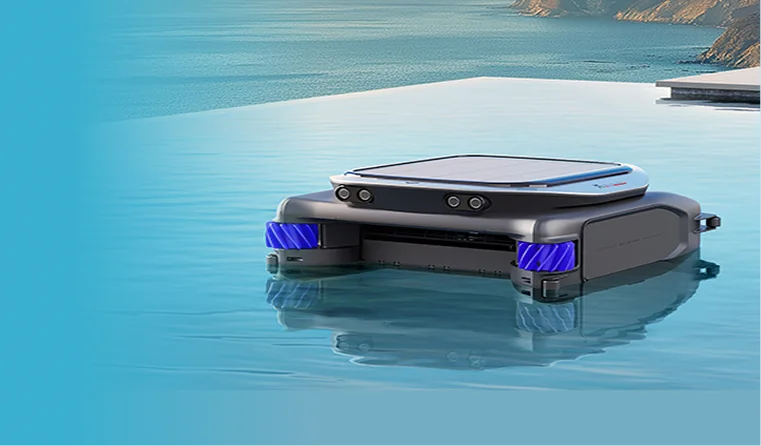
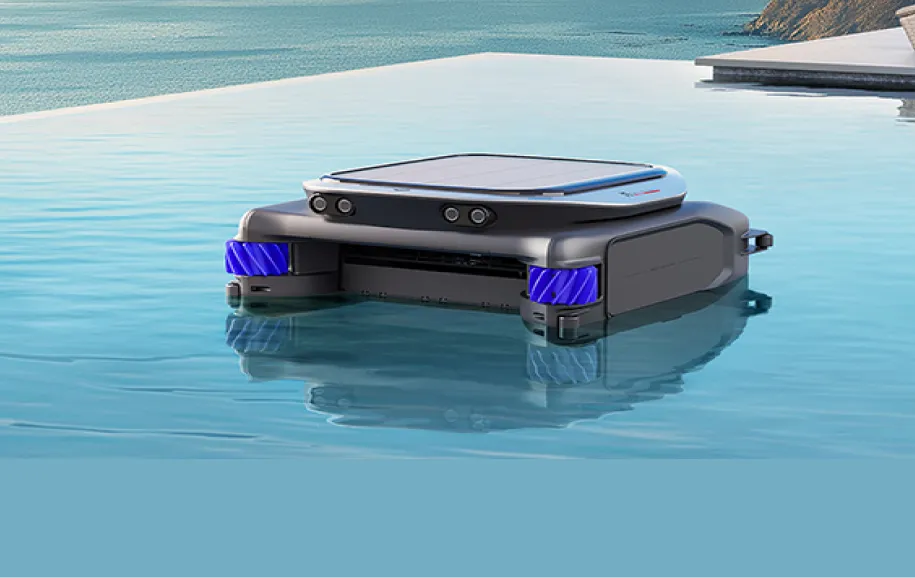










 Australia
Australia 中国大陆
中国大陆 日本
日本


 Türkiye
Türkiye


 Italia
Italia
 Netherlands
Netherlands Belgium
Belgium
 Greece
Greece Polska
Polska
 Norway
Norway
 Sweden
Sweden
 Finland
Finland
 Denmark
Denmark
 Hungary
Hungary Czechia
Czechia
 Slovenia
Slovenia
 Croatia
Croatia
 Switzerland
Switzerland United Kingdom
United Kingdom
 Canada
Canada









